From the menu of the restaurant down the street to the refrigerator that automatically generates a shopping list and depositing checks, everyday practices are now digitized.
This digital age now includes standardized testing, starting with this week’s PSAT; however, this is coming with improvements that could work in the student’s favor.
Since the SAT and its counterpart, the PSAT, are under the College Board’s wing, both of these tests will have the same changes to increase the accuracy of the test’s results. Now, both the SAT and PSAT will be two hours and 14 minutes, effectively trimming 46 minutes and 56 questions off of the paper-based standard time. Every reading passage will now be less than 100 words, with only one question corresponding to it, rather than the 700+ word stimulus passages with multiple questions of the past. In the math modules, students will now be able to use a calculator, and a Desmos calculator, the approved online calculator application, will be accessible in the program. Students anticipate that these changes will be beneficial.
“I think it’ll be easier to understand what the test is asking you to do. The embedded Desmos calculator also makes it more convenient. You can also get your test scores back faster and see what you got wrong to have a longer time to study that particular subject,” sophomore Zack Dettman said.
Another major change that comes with the digital changeover is the fact that the standardized tests are now adaptive. Before the digital version of the test was created, every student would have the exact same testing booklet. Now, the digital version is tailored to the student’s performance. There will be two modules for both the math and english sections, question difficulty varying between the two. According to the College Board, students will answer the questions in module one for each section, and will either get easier or harder questions on the next part depending on the accuracy of their responses.
The paper-based tests for the PSAT used to be administered on one school-wide PSAT day, typically the second Wednesday in October; however, the College Board gave a month-long window for every school to complete the test. Freshmen, sophomores and juniors will complete the PSAT on Oct. 17-19, since Hagerty does not have enough computers for every student to take the test on the same day.
“Because we don’t have a computer for each of our 2,600 students, we had to break up the test administration days. I’m sure everything will run smoothly, and we’ll learn about the best ways to administer the test and learn the nuances of what we need to do scheduling-wise,” testing coordinator Po Dickison said.
College Board tests will be administered on the BlueBook app, which locks students’ computers to that specific exam window and helps enforce test integrity. Currently, if one test is compromised, that means that all scores will be canceled for an entire group of students. Now according to the College Board, every student will have a unique test form while taking the digital exam, making it virtually impossible for students to share answers.
Although the College Board says that students are allowed to use their own devices to take their exams, SCPS is only allowing district approved and owned devices to be used for testing to help ensure test integrity.
The BlueBook application was also created to withstand potential internet malfunctions or outages, and students should be able to progress throughout the test without disruption. The student’s work will be saved and no testing time will be lost because of the app’s software.
With the launch of the new digital version, the paper-based SAT will cease to exist, making the Class of 2025 the first class to widely apply using their digital SAT scores. This differs from the ACT, as students will have the choice of either paper-based or online tests when registering to take their exam. The question length and time provided for the ACT also will remain the same from version to version to provide continuity between the two.
While these digital tests seem to be improvements to the outdated test formats, some students find these changes unnecessary.
“Having the combination of not being a morning person, waking up early, bright white lights in the classroom, and the blue light from a computer for over three hours just makes the whole testing process more difficult and tiring for me,” junior Faith Johnston said.
Change is always difficult. These new formats will be an adjustment to make for all students and school faculty, but will hopefully result in more accurate testing and a less painless experience for students.
“I think that eventually when we’re used to [the new format], it will be a good thing. Some things are out of our control and we’re preparing for something to go wrong but hoping it doesn’t. Digital testing makes sense and it aligns with the reality we’re living in,” Dickison said.
This story was originally published on Hagerty Journalism Today on October 16, 2023.



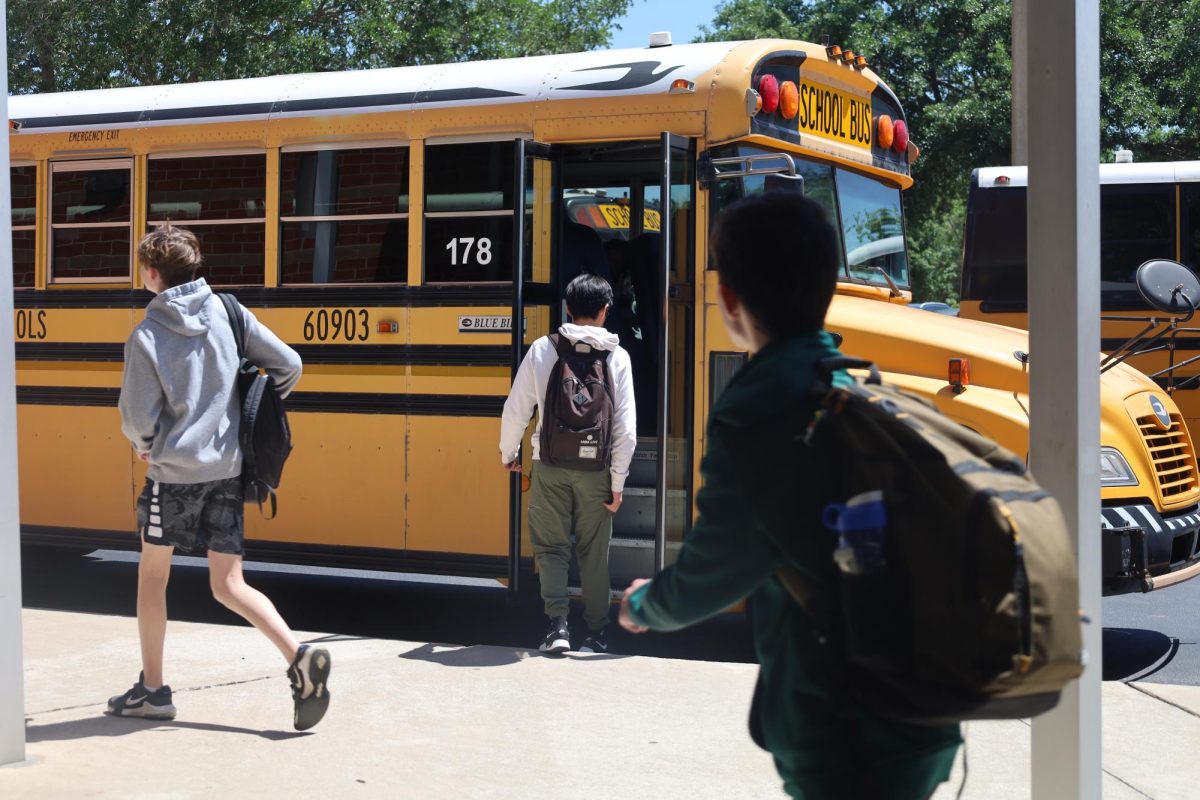



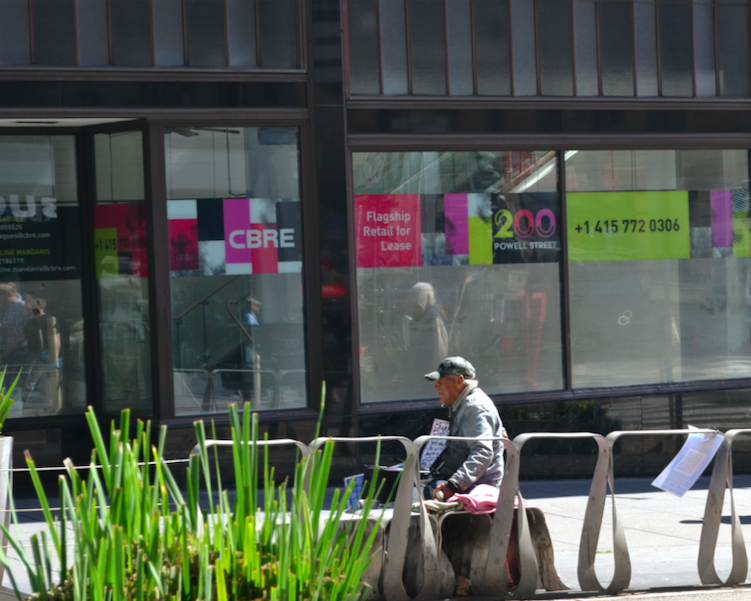


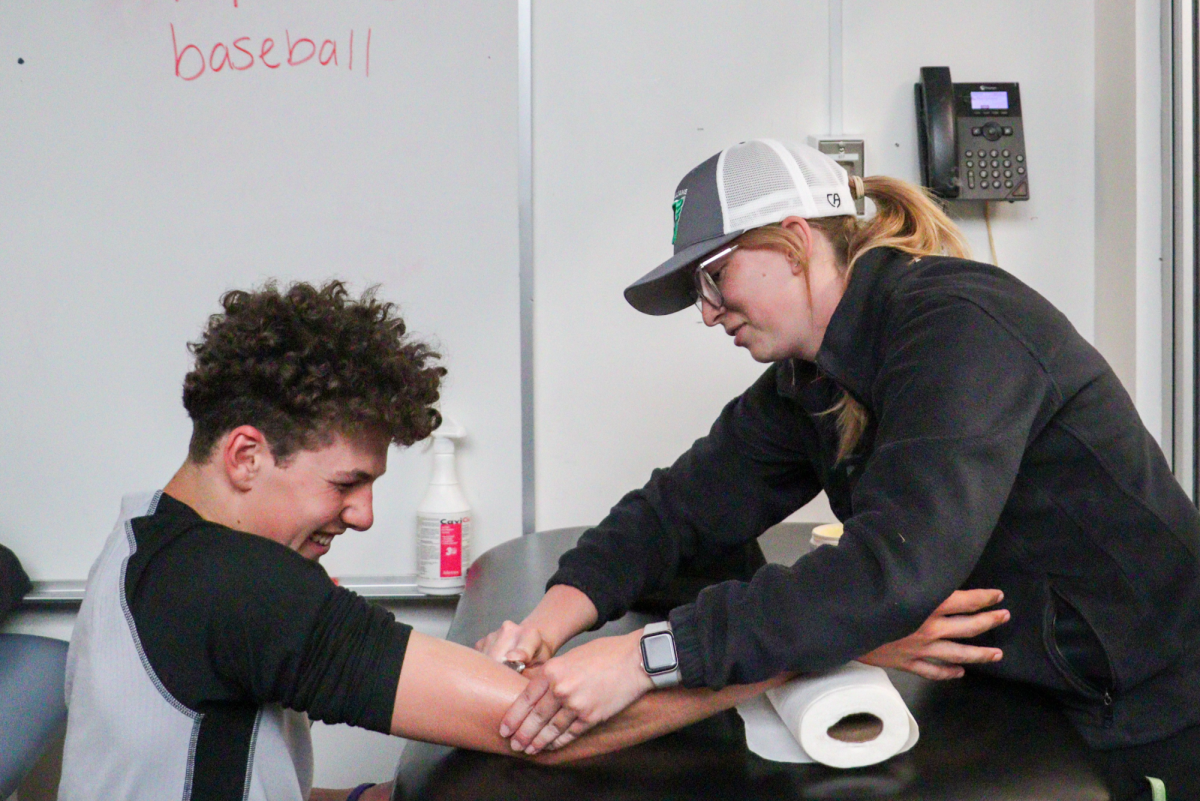











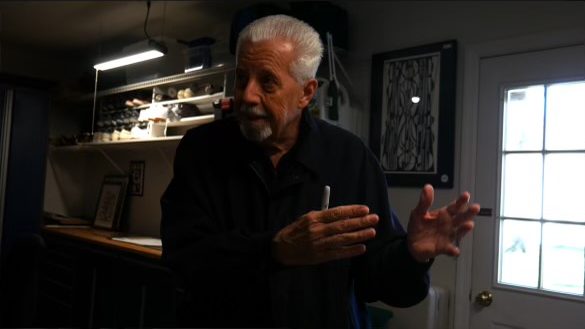
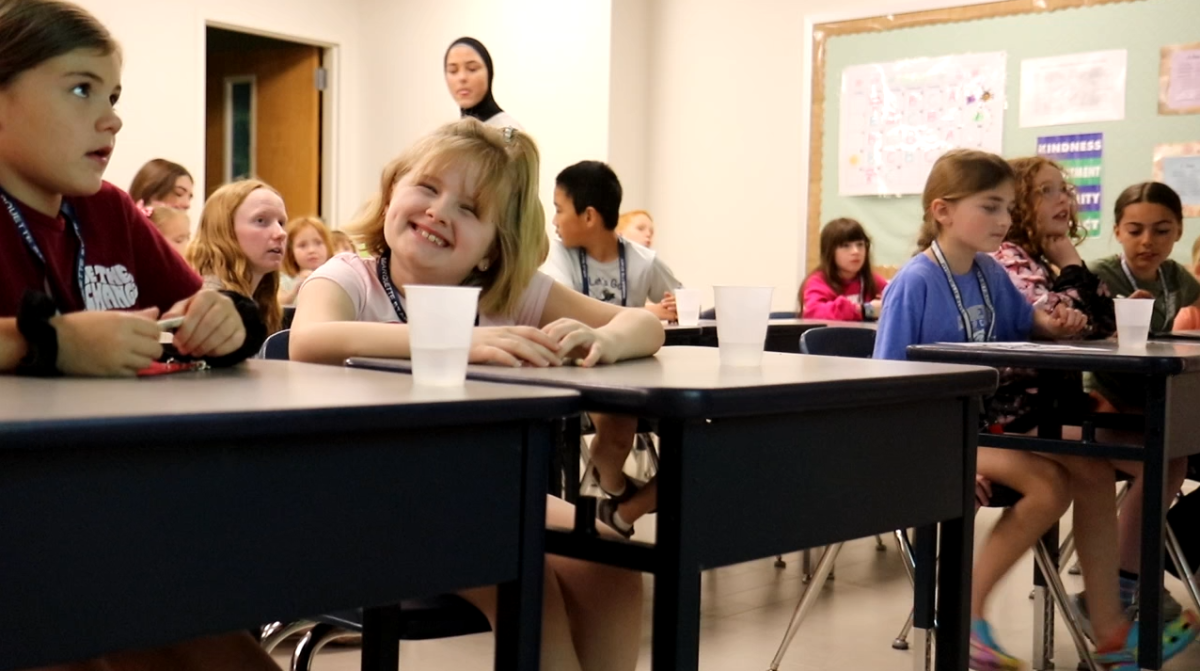








![IN THE SPOTLIGHT: Junior Zalie Mann performs “I Love to Cry at Weddings,” an ensemble piece from the fall musical Sweet Charity, to prospective students during the Fine Arts Showcase on Wednesday, Nov. 8. The showcase is a compilation of performances and demonstrations from each fine arts strand offered at McCallum. This show is put on so that prospective students can see if they are interested in joining an academy or major.
Sweet Charity originally ran the weekends of Sept. 28 and Oct. 8, but made a comeback for the Fine Arts Showcase.
“[Being at the front in the spotlight] is my favorite part of the whole dance, so I was super happy to be on stage performing and smiling at the audience,” Mann said.
Mann performed in both the musical theatre performance and dance excerpt “Ethereal,” a contemporary piece choreographed by the new dance director Terrance Carson, in the showcase. With also being a dance ambassador, Mann got to talk about what MAC dance is, her experience and answer any questions the aspiring arts majors and their parents may have.
Caption by Maya Tackett.](https://bestofsno.com/wp-content/uploads/2024/02/53321803427_47cd17fe70_o-1-1200x800.jpg)
![SPREADING THE JOY: Sophomore Chim Becker poses with sophomores Cozbi Sims and Lou Davidson while manning a table at the Hispanic Heritage treat day during lunch of Sept 28. Becker is a part of the students of color alliance, who put together the activity to raise money for their club.
“It [the stand] was really fun because McCallum has a lot of latino kids,” Becker said. “And I think it was nice that I could share the stuff that I usually just have at home with people who have never tried it before.”
Becker recognizes the importance of celebrating Hispanic heritage at Mac.
“I think its important to celebrate,” Becker said. “Because our culture is awesome and super cool, and everybody should be able to learn about other cultures of the world.”
Caption by JoJo Barnard.](https://bestofsno.com/wp-content/uploads/2024/01/53221601352_4127a81c41_o-1200x675.jpg)



